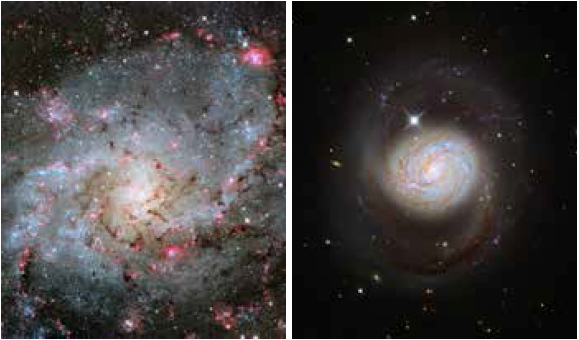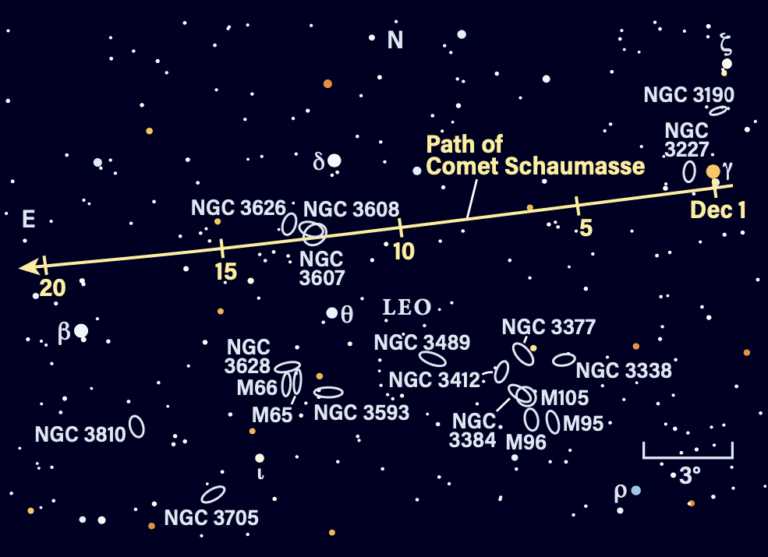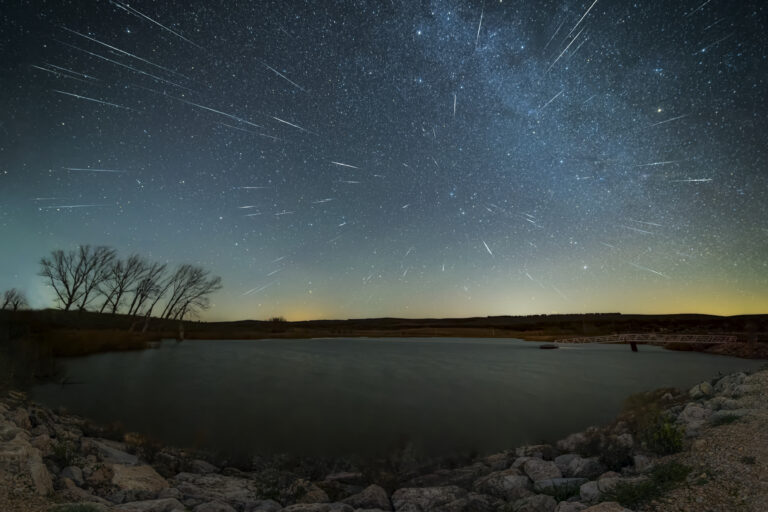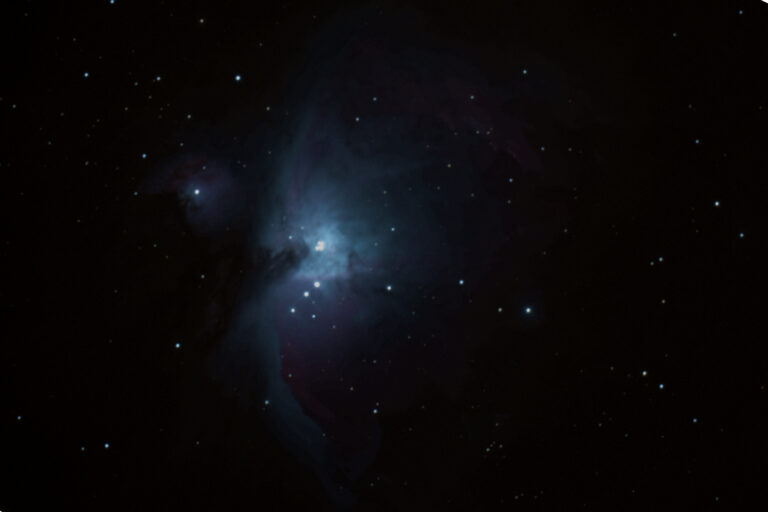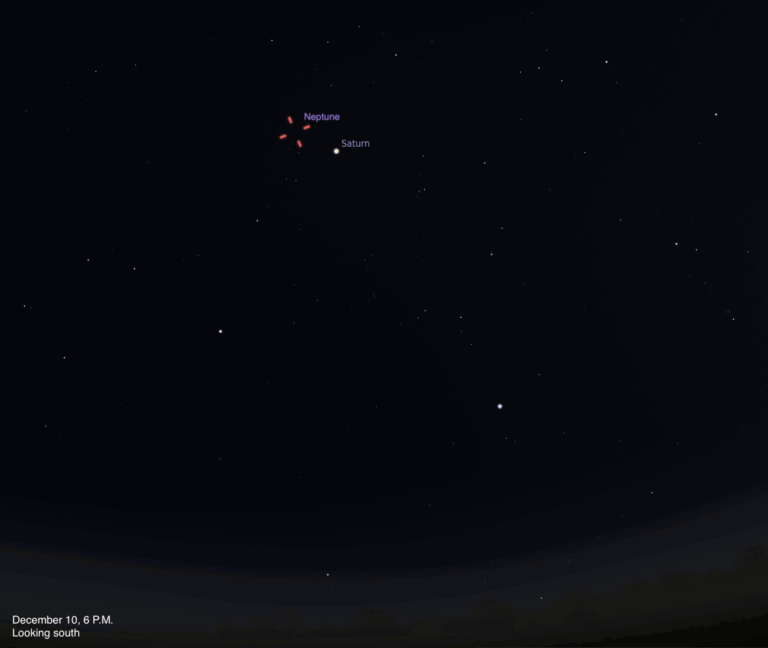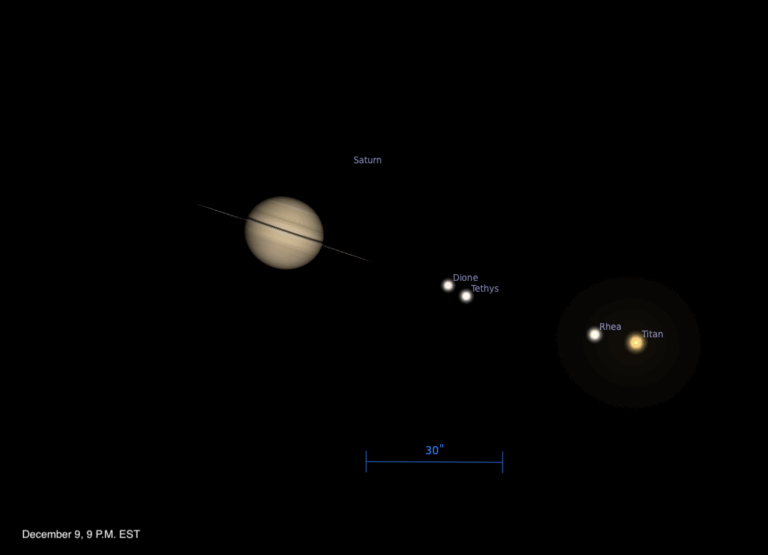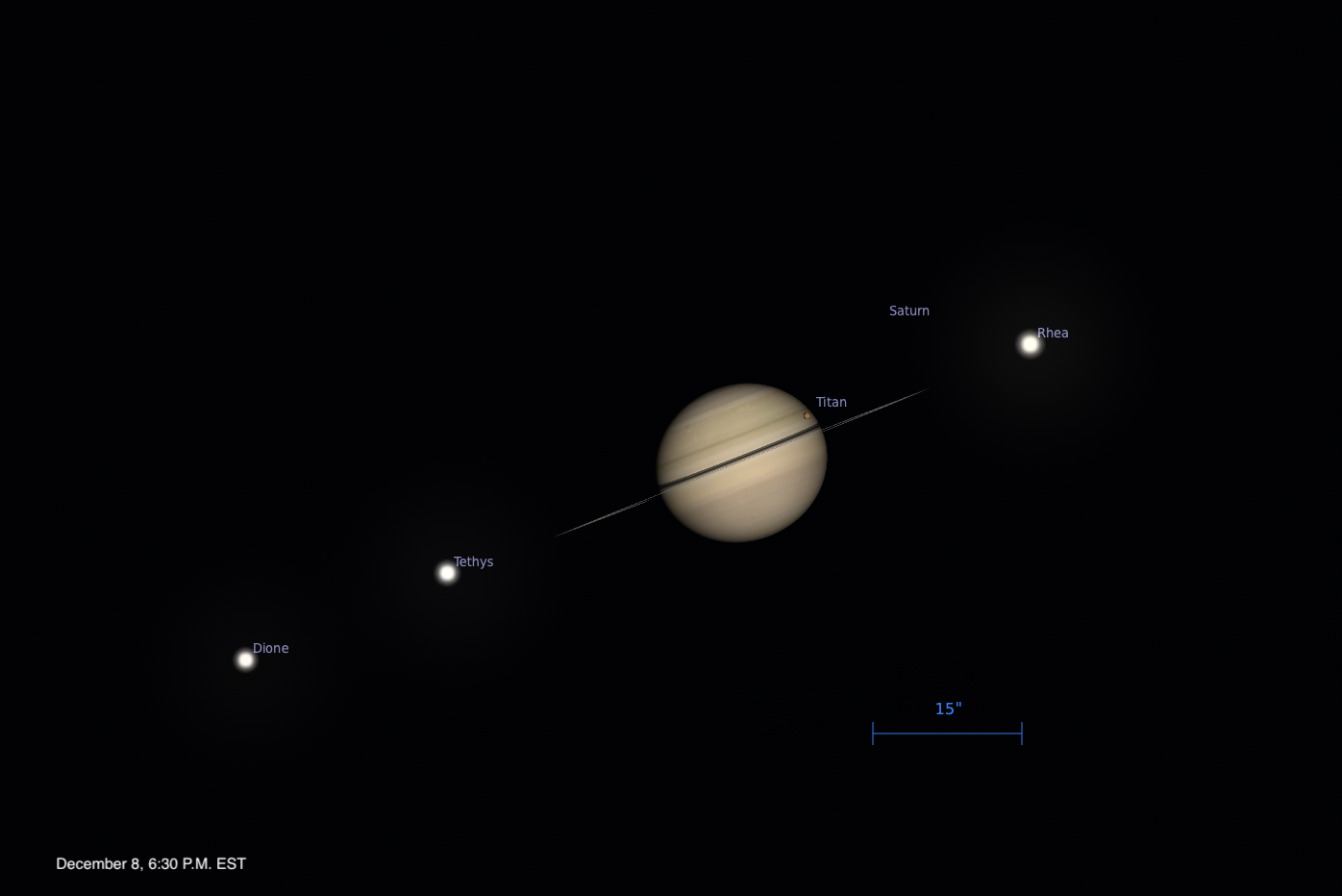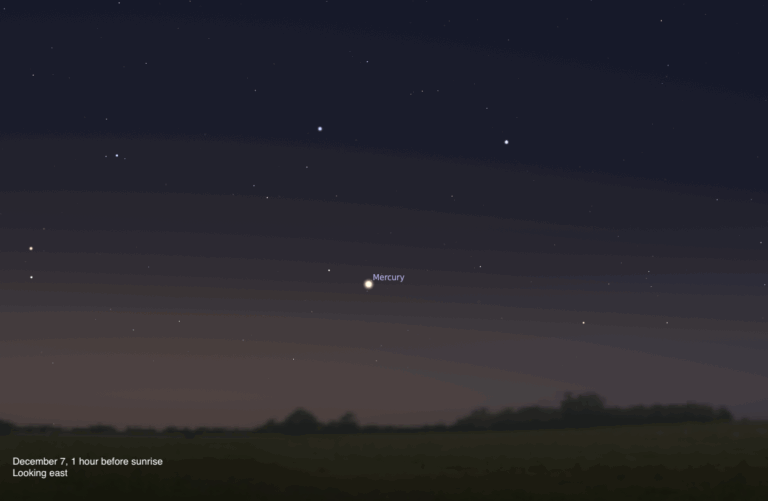Key Takeaways:
- The author addresses the reader's question regarding the use of magnitude to describe the brightness of extended celestial objects like nebulae, highlighting the discrepancy between magnitude and ease of observation due to differences in surface brightness.
- Surface brightness, a measure of brightness per unit area, is introduced as a more informative metric than magnitude alone for assessing the visibility of extended objects, with lower surface brightness values indicating fainter objects.
- The article provides examples comparing celestial objects with varying magnitudes and surface brightnesses, demonstrating that smaller objects with higher surface brightness can be easier to observe than larger objects with lower surface brightness despite having a higher magnitude.
- While acknowledging that surface brightness offers a more comprehensive assessment than magnitude, the author concludes that considering both magnitude and apparent size, alongside observational conditions and experience, provides a more practical approach to predicting the visibility of deep-sky objects.
Subsequent to my October 2015 column (“Understanding Brightness”), I received the following email from Ross Warren of Statesville, North Carolina: “As an amateur astronomer, I’ve often wondered who had the bright (pun not intended!) idea of deciding faint fuzzies such as the Helix Nebula (NGC 7293) would be given a magnitude as if you took all their light and squeezed it into a fake star? Why didn’t they assign a more truthful ‘average surface brightness’ instead?”
Good question. Most observing guides assign the Helix a given magnitude of 7 — how bright it would appear if its light were concentrated into a point. Compare the Helix with another Aquarius planetary, the Saturn Nebula (NGC 7009). The latter is a full magnitude fainter, yet is far and away an easier telescopic target. How is this possible?
Size is the answer. The Helix Nebula covers an area half as wide as a Full Moon, while the much smaller Saturn Nebula is similar in apparent size to its namesake planet. Its light more condensed, the Saturn Nebula appears brighter because its surface brightness is greater. The surface brightness of the Helix is 20.8 magnitudes per square arcsecond, while that of the Saturn Nebula is 14.6 magnitudes per square arcsecond.
You can calculate a deep-sky object’s surface brightness using a simple formula I won’t list here. Fortunately, we can refer to sources that provide us with surface brightnesses.
Among the best is Roger N. Clark’s Visual Astronomy of the Deep Sky, a classic guide that addresses the concept of surface brightness in great detail. The book also contains an appendix that lists the surface brightnesses of more than 600 clusters, nebulae, and galaxies. Kepple and Sanner’s popular The Night Sky Observer’s Guide also supplies surface brightnesses — in this case for galaxies only and in magnitudes per square arcminute.
You can find a handy surface brightness calculator online (again, in magnitudes per square arcminute) at www.users.on.net/~dbenn/ECMAScript/surface_brightness.html. Plug in the magnitude and size, and voila! You have the surface brightness. In general, deep-sky objects with surface brightnesses below 22.0 magnitudes per square arcsecond (13.0 magnitudes per square arcminute) are considered faint.
Surface brightness is more telling than magnitude, but it’s not perfect. You can view the Andromeda Galaxy (M31) telescopically from light-polluted urban areas, yet its surface brightness is just 22.3. One thing to remember is that these values represent the average surface brightnesses of objects. M31 has a bright nucleus that rapidly gives way to faint spiral arms, which extend outward for several degrees. It might help more to publish a surface brightness for the entire galaxy and another for the bright nuclear region.
So, what’s the best way to portray the visibility of a deepsky object? Magnitude may be misleading, but surface brightness doesn’t always tell the whole story, either. Without making this discussion too complicated, we can get by with magnitude alone as long as we also take apparent size into account. If Galaxy A is 9th magnitude and spans 3′, it’ll appear brighter than 9th-magnitude Galaxy B that’s three times as large, unless the latter has a bright condensed nucleus.
Keep in mind that the visibility of a deep-sky object also depends on mode of observation (unaided eye, binocular, or telescope) and sky conditions. Experience is the true teller of what you’ll be able to see when you aim your telescope at a deep-sky target. So get out there and observe — and learn!
Questions, comments, or suggestions? Email me at gchaple@hotmail.com. In my next column, I’ll discuss autumn star distances. Clear skies!

